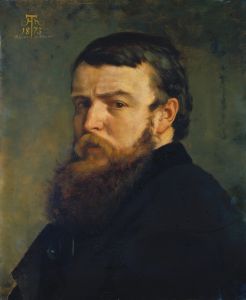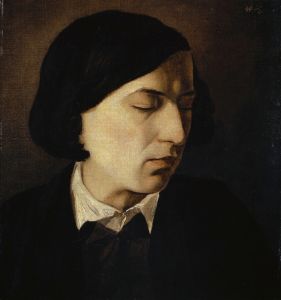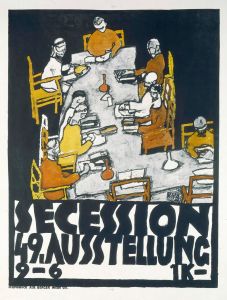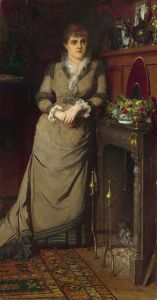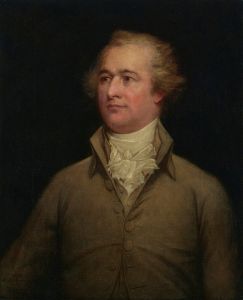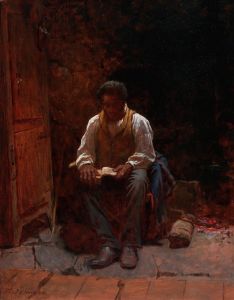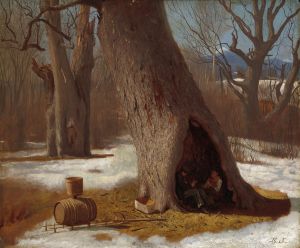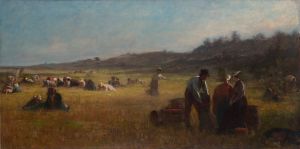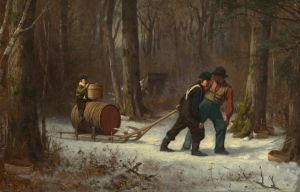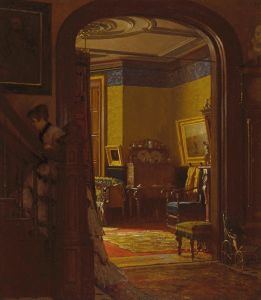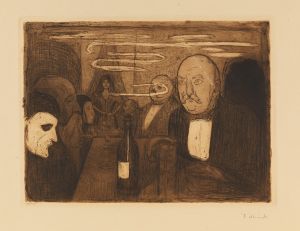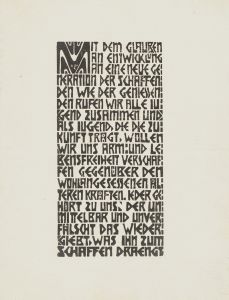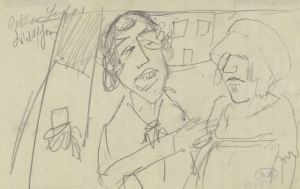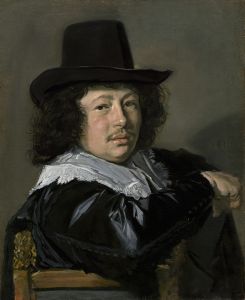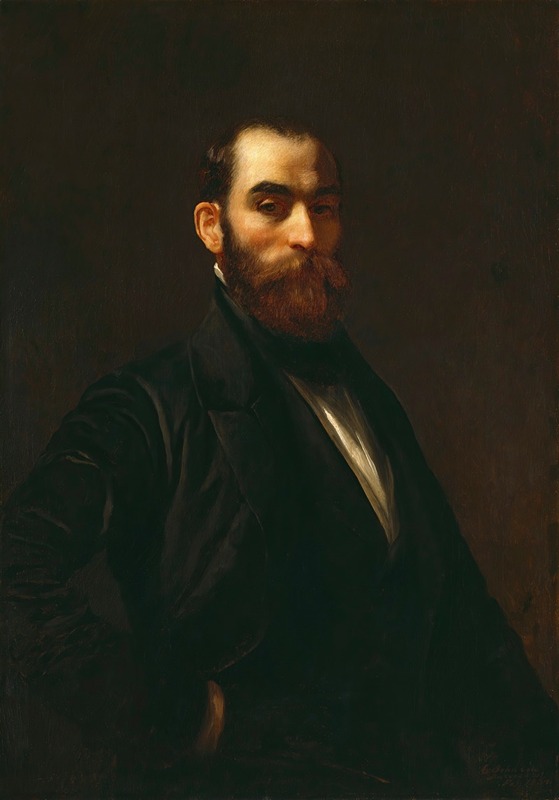
Worthington Whittredge
A hand-painted replica of Eastman Johnson’s masterpiece Worthington Whittredge, meticulously crafted by professional artists to capture the true essence of the original. Each piece is created with museum-quality canvas and rare mineral pigments, carefully painted by experienced artists with delicate brushstrokes and rich, layered colors to perfectly recreate the texture of the original artwork. Unlike machine-printed reproductions, this hand-painted version brings the painting to life, infused with the artist’s emotions and skill in every stroke. Whether for personal collection or home decoration, it instantly elevates the artistic atmosphere of any space.
"Portrait of Worthington Whittredge" is a painting by the American artist Eastman Johnson, created in 1866. Eastman Johnson (1824-1906) was a prominent American painter known for his genre scenes, portraits, and depictions of everyday life. He was a co-founder of the Metropolitan Museum of Art in New York City and is often referred to as the "American Rembrandt" for his mastery of light and shadow.
The subject of this portrait, Worthington Whittredge (1820-1910), was a notable American landscape painter associated with the Hudson River School. Whittredge was known for his detailed and atmospheric landscapes, which often depicted the American wilderness with a sense of tranquility and grandeur. He was a contemporary and friend of Johnson, and their mutual respect and camaraderie are evident in this portrait.
In "Portrait of Worthington Whittredge," Johnson captures the likeness of his fellow artist with a sense of realism and depth. The painting is an oil on canvas and measures approximately 30 x 25 inches. Johnson's technique in this portrait is characterized by his careful attention to detail and his ability to convey the personality and character of Whittredge. The portrait shows Whittredge seated, with a thoughtful expression, dressed in a dark suit that contrasts with the lighter background, drawing attention to his face and hands.
The background of the painting is relatively simple, which helps to focus the viewer's attention on Whittredge himself. Johnson's use of light and shadow in the portrait is subtle yet effective, highlighting Whittredge's facial features and giving a sense of depth to the image. The overall composition is balanced and harmonious, reflecting Johnson's skill as a portrait artist.
This portrait is significant not only as a representation of Whittredge but also as a testament to the friendship and mutual admiration between two important figures in American art. It provides insight into the artistic community of the time and the connections between artists who were shaping the cultural landscape of the United States in the 19th century.
"Portrait of Worthington Whittredge" is part of the collection of the National Academy of Design in New York City, an institution with which both Johnson and Whittredge were closely associated. The National Academy of Design was founded in 1825 to promote the fine arts in America, and it played a crucial role in the careers of many American artists.
In summary, Eastman Johnson's "Portrait of Worthington Whittredge" is a masterful depiction of a fellow artist and friend. It stands as a significant work within Johnson's oeuvre and offers a glimpse into the artistic milieu of 19th-century America. The painting remains an important piece within the collection of the National Academy of Design, reflecting the enduring legacy of both Johnson and Whittredge in American art history.





